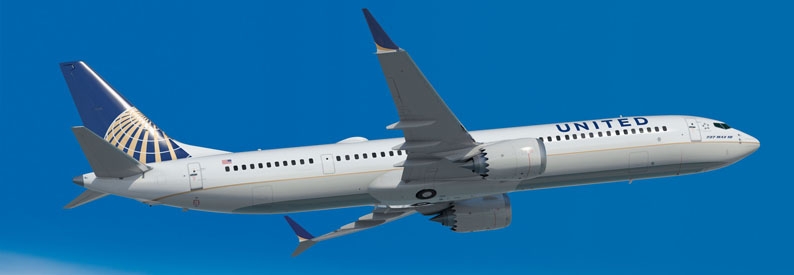United Airlines Offers Dual Profit Forecast Ahead of Cuts

United Airlines maintained its full‑year adjusted earnings guidance but introduced a second, lower forecast in case of a U.S. recession, underscoring the uncertainty gripping travel demand. In its first‑quarter results, United swung to a $387 million profit, or $1.16 per share, compared with a $124 million loss a year earlier. Excluding one‑time gains, adjusted earnings reached 91 cents per share, comfortably above Wall Street’s 76‑cent estimate, while revenue climbed more than 5 percent year‑over‑year to $13.21 billion.
Despite beating expectations, United cautioned that a broader economic downturn could reduce its full‑year adjusted earnings to between $7 and $9 per share, down from its base forecast of $11.50 to $13.50. “The company’s outlook is dependent on the macro environment, which we believe is impossible to predict this year with any degree of confidence,” United said in its securities filing. The airline’s dual forecast aims to reassure investors that management is preparing for both stable and challenging demand scenarios.
United’s executives cited mixed booking trends that highlight a stark divide between domestic coach travel and higher‑yield segments. While unit revenue on domestic routes dropped 3.9 percent in the first quarter, international segment revenue rose more than 5 percent. Premium‑cabin bookings were up 17 percent year‑over‑year, and international bookings climbed 5 percent. Europe‑originating bookings to the U.S. slipped 6 percent and Canadian bookings declined 9 percent, reflecting softer demand from key international markets.
In response to weaker domestic coach sales, United announced plans to reduce capacity by roughly 4 percent beginning in the third quarter. The cuts will focus on off‑peak days such as Tuesdays and Wednesdays, aligning capacity with current demand patterns. Rival carriers including Delta Air Lines and Frontier Airlines have taken similar measures, scaling back growth plans as consumers grow price‑sensitive amid trade tensions, government layoffs and concerns over higher interest rates.
Despite the pullback in domestic flying, United remains optimistic about international and premium segments. “The weakest region that we have is domestic,” CEO Scott Kirby told CNBC, adding that Canada represents the second‑weakest region. “While not immune in this environment, we do continue to see greater resilience in international and our diversified revenue streams, including premium and loyalty.”
United’s cautious tone extends to its quarterly outlook as well. The carrier forecasts second‑quarter adjusted earnings of $3.25 to $4.25 per share, matching analysts’ estimates, driven by sustained demand for premium and long‑haul international travel. Leadership also downplayed potential impacts from U.S. tariffs on aircraft, noting that most of its future Boeing orders are unaffected and that Airbus A321neo assembly in Alabama should shield some deliveries from new taxes.
By unveiling a recession‑scenario forecast alongside its main guidance, United Airlines is signaling that it recognizes the fragile state of the global economy and the particular vulnerability of domestic coach travel. Yet its robust profitability, disciplined capacity adjustments and continued strength in international and premium cabins suggest that the airline is equipped to navigate whatever lies ahead. As United and its peers adapt to evolving consumer sentiment, travelers may benefit from improved availability and competitive pricing, even as premium experiences remain a key revenue driver.
Related News : https://suspicious-zhukovsky.67-21-117-18.plesk.page/?s=United+Airlines
Sources: AirGuide Business airguide.info, bing.com, cnbc.com
